Trust Your Boss or Listen to the Union? Information, Social Identification, Trust, and Strike Participation
We investigate two questions regarding the effect of information on participation in labor strikes: First, how are social identification and trust used as filters for information? Second, we investigate how cross-pressures affect willingness to participate. Using a dataset of 468 union members, we test hypotheses about the relationships between information, identification, trust, and participation with structural equation modeling. Specifically, we find that information from and identification with the union are highly important determinants of participation. Regarding information from management, trust is the most important determinant for preventing workers from participation. We also find a difference between workers who have previous strike experience and those who do not. These findings indicate that workers use different mechanisms for filtering information, depending on the source of information. This is a new discovery in mobilization research.

